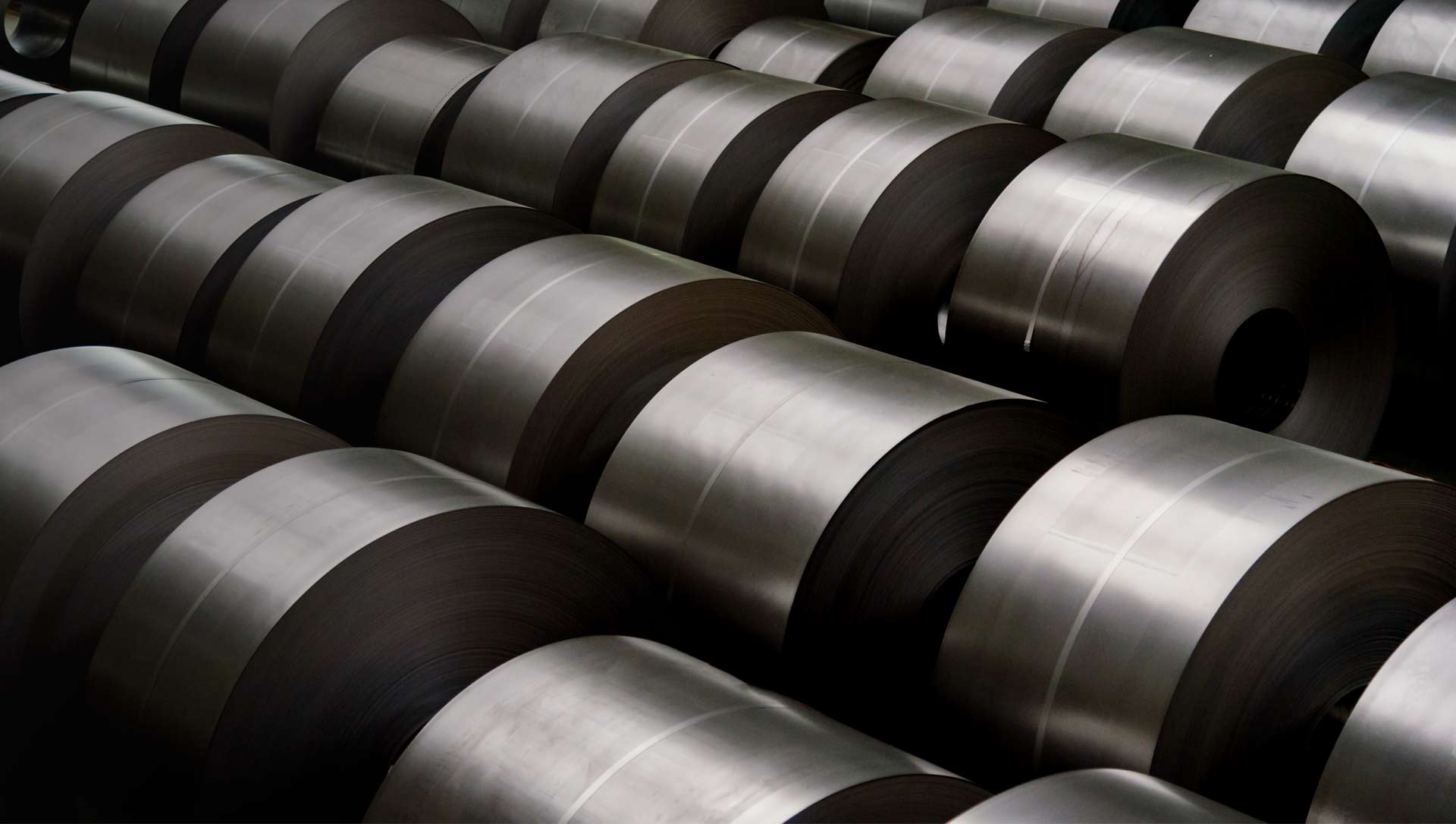Ideal CUnderstanding Surface preparation standards.
When reviewing specifications, coating manufacturing requirements and bid clarifications from coating contractors you will see a reference to SSPC-SP(number) surface preparation. Like many of us, logically you assume as the number in the SSPC-SP(number) increase so would the level of surface preparation. That is not the case so let us review and help understand what each of the SSPC-SP(number_) specifications mean.
SSPC-SP1 Solvent Cleaning
Abrasive blasting will not remove oil and grease, this just smears on the surface and causes premature coating failure. Anytime there is visible oil, grease and dirt it must be removed by spot cleaning prior to abrasive blasting. SSPC-SP1 is a prerequisite to all the other SSPC abrasive blasting specifications.
SSPC-SP1 specification allows for the following
- Loosely adhering material 100%
- Tightly adhering material 100%
- Stains, streaks, shadows 100%
SSPC-SP2 Hand Tool Cleaning
SSPC-SP2 is specified to remove all loose rust, mill scale, coatings or other contaminants. The process involves using non-powered hand tools to remove only loose material. Adherent contaminants can remain provided they cannot be removed by lifting them with a dull putty knife.
For welded work surfaces care should be taken to remove as much as possible of welding flux, slag, and fume deposits. These deposits are notorious in promoting coating failure on welded joints.
SSPC-SP2 specification allows for the following
- Loosely adhering material 0%
- Tightly adhering material 100%
- Stains, streaks, shadows 100%
SSPC-SP3 Power Tool Cleaning
SSPC-SP3 is specified to remove all loose rust, mill scale, coatings or other contaminants. The process involves using powered tools to remove only loose material. Adherent contaminants can remain provided they cannot be removed by lifting them with a dull putty knife.
For welded work surfaces care should be taken to remove as much as possible of welding flux, slag, and fume deposits. These deposits are notorious in promoting coating failure on welded joints.
When using power tools care must be taken to prevent excessive roughening of the surface, as ridges and burns can contribute to coating failure because sharp edges may not be protected by adequate thickness of paint. Excessive power wire brushing also be detrimental to the performance of the coating since the surface (particularly mill scale) is easily burnished to a smooth, slick surface to which coating will not adhere.
SSPC-SP3 specification allows for the following
- Loosely adhering material 0%
- Tightly adhering material 100%
- Stains, streaks, shadows 100%
SSPC-SP7 Brush Off
SSPC-SP7 is specified to remove mill scale, loose rust and coatings and to uniformly rough up the surface in preparation for the new coating. Tightly adhering material on the surface is allowed to remain.
SSPC-SP7 specification allows for the following
- Loosely adhering material 0%
- Tightly adhering material 100%
- Stains, streaks, shadows 100%
SSPC-SP14 Industrial Blast Cleaning
SSPC-SP14 specifies that 90% of the tightly adhering material must be removed. Stains, shadows, streaks from rust, mill scale and older coating are allowed on 100% of the surface. This method is specified when the existing coating is thin, well-adherent and compatible with new coatings.
SPC-SP14 specification allows for the following
- Loosely adhering material 0%
- Tightly adhering material 10%
- Stains, streaks, shadows 100%
SSPC-SP6 Commercial Blast
SSPC-SP6 commercial blast requires that all tightly adhering material must be removed. Stains, streaks and shadows are permitted on 33% of the surface. SSPC-SP6 is specified when a high but not perfect level of cleanliness is warranted. This is a common specification when repainting products that serve in non-corrosive environments and atmospheres, such as tanks and bridges.
SPC-SP6 specification allows for the following
- Loosely adhering material 0%
- Tightly adhering material 0%
- Stains, streaks, shadows 33%
SSPC-SP10 Near White Blast Cleaning
SSPC-SP10 requires that stains, streaks and shadows can only remain on 5% of the surface area. This specification is used when cleaning to white metal does not create the added benefit to justify the increased cost. SSPC-SP10 is typically used for high-performance coatings over steel that is exposed to severe environmental conditions such as chemical spills, high humidity and proximity to salt water.
SPC-SP6 specification allows for the following
- Loosely adhering material 0%
- Tightly adhering material 0%
- Stains, streaks, shadows 5%
SSPC-SP5 White Metal Blast Cleaning
SSPC-SP5 is the highest grade of abrasive blasting, and as the name states must remove all stains, shadows and streaks. When viewed without magnification the surface must be free of all oils, greases, dirt, mill scale, rust, coatings, oxides, corrosion products and other foreign matter.
White metal is specified for steel serving under high temperature, high pressure and corrosive environments.
PC-SP5 specification allows for the following
- Loosely adhering material 0%
- Tightly adhering material 0%
- Stains, streaks, shadows 0%
For further information regarding surface preparation and coating options please contact our coatings team at Ideal Coatings & Fabrication Ltd.
For further information please reference https://blogs.ampp.org/surface-prep-standards-a-quick-summary

